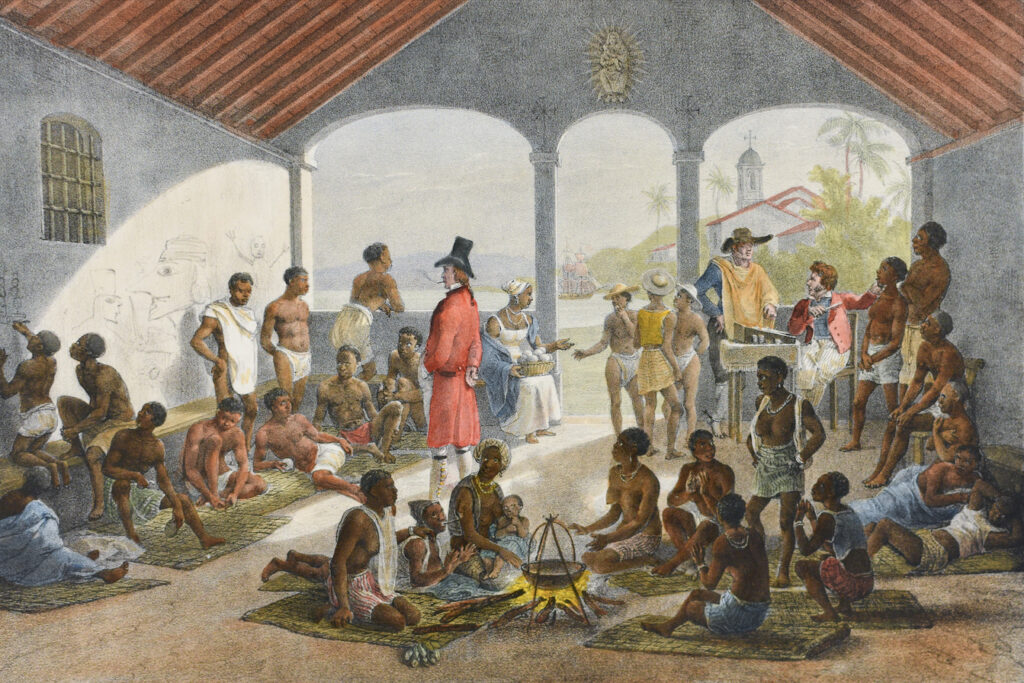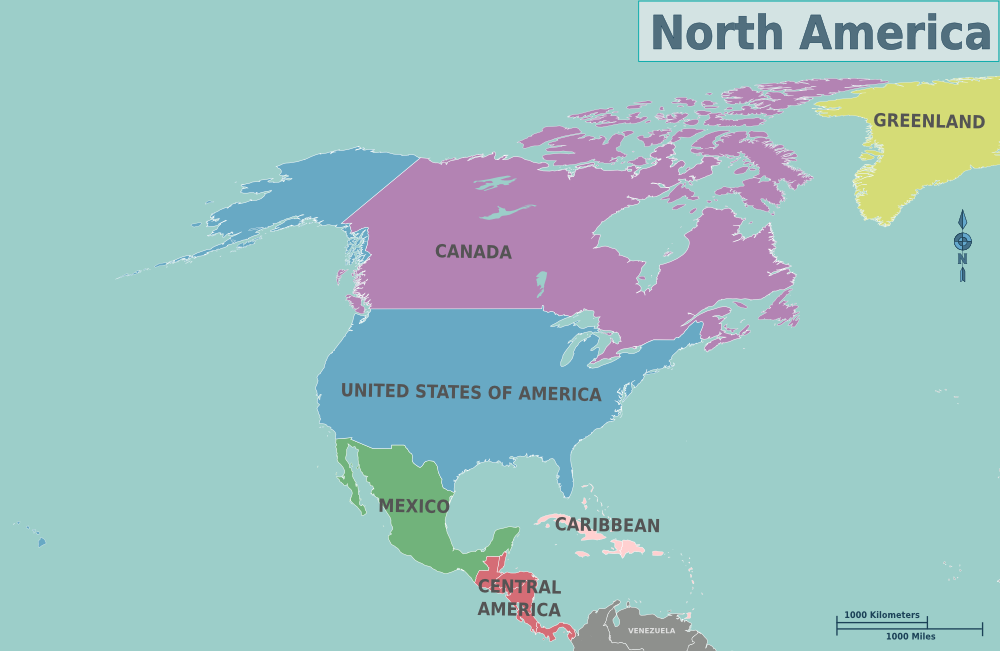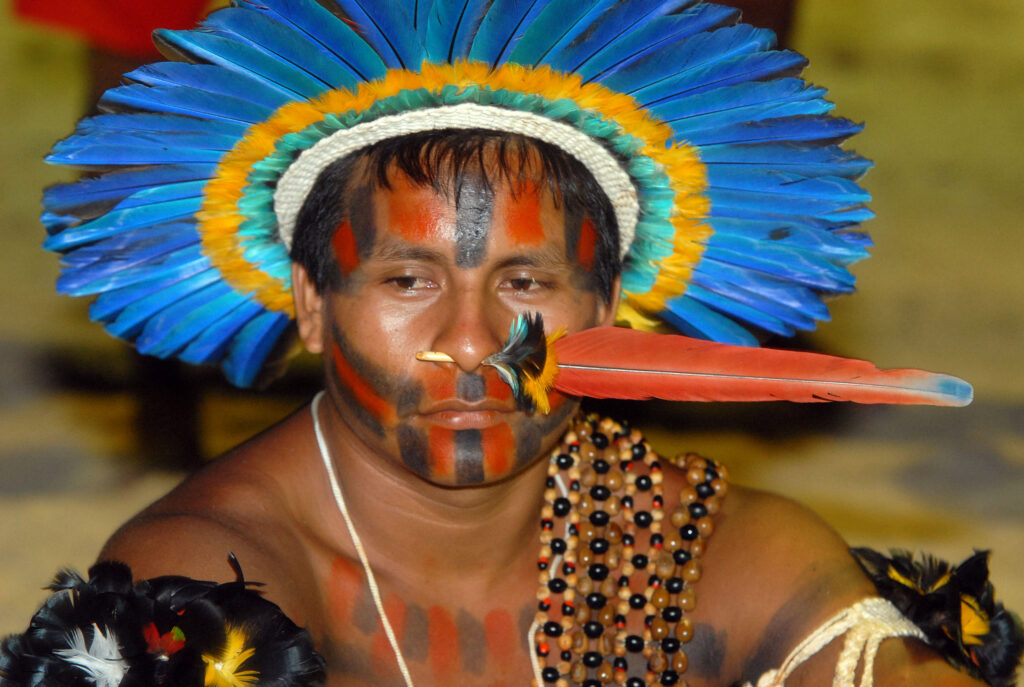Introduction
The Bible is one of the most widely read and studied texts in human history. Its division into chapters and verses has made it more accessible and easier to navigate. However, questions often arise regarding the consistency of these divisions across different versions and translations of the Bible. This article explores the history, purpose, and variations of chapter divisions in the Bible, examining whether they are the same in all Bibles.
Historical Context of Chapter Divisions
Early Manuscripts
In the earliest manuscripts, the Bible was written without any chapter or verse divisions. These texts flowed continuously, with no breaks for chapters or verses, making it challenging to locate specific passages.
Introduction of Chapter Divisions
The division of the Bible into chapters is credited to Stephen Langton, an English Cardinal of the Roman Catholic Church and Archbishop of Canterbury, in the early 13th century. His work provided a systematic way to reference and study the Bible.
Purpose of Chapter Divisions
The primary purpose of chapter divisions was to facilitate reference and study. They made it easier for scholars, clergy, and laypeople to locate specific passages and organize readings.
Standard Chapter Divisions in the Bible
Protestant Bible
The Protestant Bible consists of 66 books, divided into chapters based on Langton’s divisions. This structure has become standard across most Protestant denominations.
Catholic Bible
The Catholic Bible includes additional books known as the Deuterocanonical books. While the chapter divisions in these books follow a similar structure, the total number of chapters is greater due to the inclusion of these additional texts.
Orthodox Bible
The Orthodox Bible contains even more books than the Catholic Bible, including texts such as 3 Maccabees, 4 Maccabees, and Psalm 151. Despite these additions, the chapter divisions remain consistent with those in the Protestant and Catholic Bibles.
Variations in Chapter Divisions
Differences in Deuterocanonical and Apocryphal Books
The primary differences in chapter divisions occur in the Deuterocanonical and Apocryphal books. These books are included in the Catholic and Orthodox Bibles but not in the Protestant Bible, leading to variations in the overall structure.
Examples of Variations
- Tobit: Present in Catholic and Orthodox Bibles but absent in Protestant Bibles.
- Judith: Included in Catholic and Orthodox Bibles, not in Protestant Bibles.
- Wisdom of Solomon: Found in Catholic and Orthodox Bibles, excluded from Protestant Bibles.
- 1 and 2 Maccabees: Included in Catholic and Orthodox Bibles, not in Protestant Bibles.
- 3 and 4 Maccabees: Found only in the Orthodox Bible.
Differences in Translation and Interpretation
Certain translations and interpretations of the Bible may introduce minor variations in chapter divisions. These differences can result from the translators’ decisions to better convey the meaning of the original texts.
Examples of Minor Variations
- Psalms: Some versions combine or split certain Psalms, leading to different chapter numbers.
- Jeremiah: Differences in the arrangement of the text in some translations can result in varying chapter divisions.
Case Studies of Chapter Division Differences
The King James Bible
The King James Bible, published in 1611, follows the standard chapter divisions introduced by Stephen Langton. This version has had a significant influence on subsequent English translations and has largely maintained the same chapter structure.
The New International Version (NIV)
The New International Version (NIV), first published in 1978, follows the traditional chapter divisions but introduces modern language and interpretation. While the chapter divisions remain consistent, the translation choices can affect the perceived flow and structure of the text.
The Septuagint
The Septuagint, a Greek translation of the Hebrew Bible, includes variations in chapter divisions, particularly in the Deuterocanonical books. These differences highlight the influence of translation and cultural context on the structure of the Bible.
Impact of Chapter Divisions on Bible Study
Study and Reference
Chapter divisions significantly enhance the ability to reference specific passages, making it easier for scholars and students to study the text systematically.
Thematic Organization
Chapters often group related events, teachings, or themes, helping readers follow the narrative and understand the context.
Versatility in Study Formats
Chapter divisions provide a framework for various formats of Bible study, such as daily reading plans, thematic studies, and expository preaching.
Challenges and Criticisms of Chapter Divisions
Arbitrary Breaks
One criticism of chapter divisions is that they can sometimes seem arbitrary, disrupting the flow of the narrative or thematic coherence.
Misinterpretation
Chapter divisions might lead to misinterpretation by isolating passages from their broader context. Readers might focus on specific verses without considering the surrounding text.
Alternative Approaches
Some modern translations and editions of the Bible attempt to address these issues by providing alternative ways of navigating the text, such as paragraph formatting and thematic headings.
Technological Advances and Chapter Divisions
Digital Bibles
Digital Bibles and Bible apps provide advanced search capabilities, making it easier to locate chapters and verses quickly. These tools enhance personal study and group discussions.
Interactive Tools
Interactive tools and online resources offer new ways to study the Bible, such as cross-referencing, commentary integration, and multimedia content. These advancements continue to build on the foundational work of chapter divisions.
Historical and Cultural Impact
Influence on Literature
The chapter and verse divisions have influenced not only religious studies but also literature, law, and education. Writers and scholars frequently reference the Bible in their works, using its structured format to make specific points.
Role in Education
Bible chapters have been used historically in education systems to teach literacy, morals, and ethics. The structured format of the Bible has made it a valuable tool in various educational settings.
Conclusion
While the chapter divisions in the Bible are largely consistent across different versions and translations, there are variations, particularly in the Deuterocanonical and Apocryphal books. These differences reflect the diverse traditions and interpretations within Christianity. Understanding these variations allows readers to appreciate the Bible’s rich and complex composition and enhances their ability to study and reference the text effectively.
F.A.Q
Are the chapter divisions the same in all Bibles?
While the chapter divisions are largely consistent across most Christian Bibles, there are differences in the total number of chapters due to the inclusion of additional books in Catholic and Orthodox Bibles.
Who divided the Bible into chapters?
The division of the Bible into chapters was introduced by Stephen Langton in the early 13th century.
Why were chapters introduced in the Bible?
Chapters were introduced to facilitate reference, study, and organization of the text.
How do chapter divisions help in Bible study?
Chapter divisions make it easier to locate specific passages, organize reading plans, and follow the thematic structure of the text.
What are the criticisms of chapter divisions?
Criticisms include the potential for arbitrary breaks that disrupt narrative flow and the risk of misinterpretation by isolating passages from their broader context.





